9/11, Pandemic & Shared Trauma: Coping with History through Story
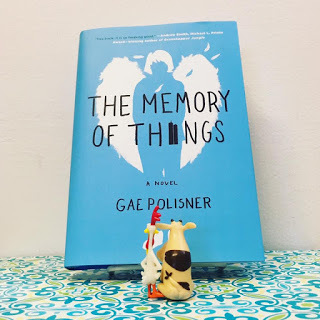
This September 11th marks a staggering 20 years since many of us watched in horror as the iconic twin towers fell, and our nation was under attack. Many of us still grieve the shock and trauma of that day even while students in desks become ever more removed, not yet born in 2001, and, thus, without any first-hand understanding.
Now those students are experiencing shared trauma of their own: constant gun drills and mass shootings, political unrest, and, yes, even quarantine and a pandemic.
How do we cope with such trauma? How do we find new understanding through the lens of history?

 One answer is STORY.
One answer is STORY.
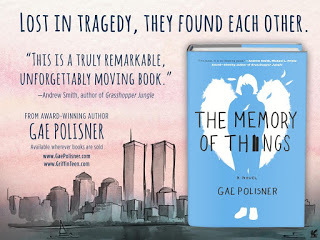 It is now well documented that story -- especially via literary fiction -- builds empathy and understanding far better than text or nonfiction ever could. Stepping into story, and the metaphorical shoes of children their own age, to "witness" that day and the days after, to feel with their own hearts how we rose from grief as a nation -- as well as changed in both good and bad ways -- is one of the most instructive ways for children today to also learn to cope with their ongoing grief, as well as to learn our true history including the good and the ugly changes that have occurred in our country since.
It is now well documented that story -- especially via literary fiction -- builds empathy and understanding far better than text or nonfiction ever could. Stepping into story, and the metaphorical shoes of children their own age, to "witness" that day and the days after, to feel with their own hearts how we rose from grief as a nation -- as well as changed in both good and bad ways -- is one of the most instructive ways for children today to also learn to cope with their ongoing grief, as well as to learn our true history including the good and the ugly changes that have occurred in our country since. Nora Raleigh Baskin's award-winning NINE, TEN: A SEPTEMBER 11 STORY; Tom Rogers' ELEVEN (both for ages 9-12) and my award-winning THE MEMORY OF THINGS (ages 12+) are all stories about growing up, coping with tragedy, and so much more, each set against the unforgettable terrorist attacks of September 11, 2001.
Watch this brief video, share it with friends and colleagues, and invite us into your classrooms to help you help your readers step into that moment and truly understand.
To never forget, #ReadAndRemember
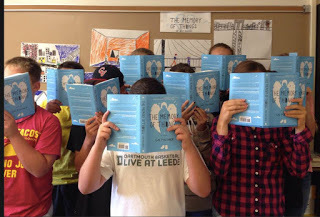
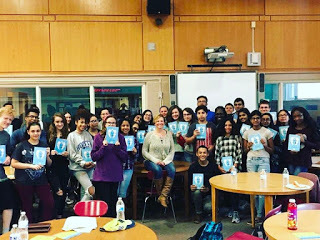 Reach out to me on social media @gaepol or email @g.polisner@gmail.com
Reach out to me on social media @gaepol or email @g.polisner@gmail.com
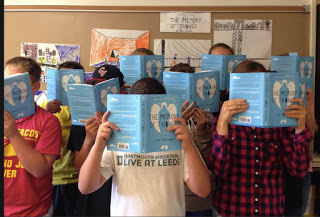
Published on June 13, 2021 07:13
No comments have been added yet.



